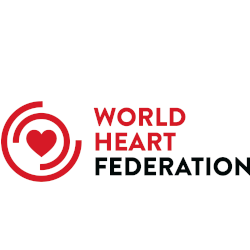Original Research
Prevalence, Patterns, and Correlates of Physical Activity Among the Adult Population in Latin America: Cross-Sectional Results from the CESCAS I Study
Abstract
Background: Few data are available on population level regarding domain-specific correlates of physical activity (PA) in Latin America.
Objective: The aim of this study was to examine the relationships among PA patterns and their main sociodemographic determinants and cardiovascular risk factors in the Southern Cone of Latin America.
Methods: CESCAS I is a population-based prospective cohort study with a 4-stage stratified sampling of a general population of 7,524 adults aged 35 to 74 years from 4 midsized cities in Argentina, Chile, and Uruguay. PA was assessed using the transcultural adaptation of the International Physical Activity Questionnaire long form. The questionnaire asked about frequency (days per week) and duration (minutes per day) of moderate and vigorous intensity activities in 3 different domains: work, leisure time, and active transportation (walking and bicycling). PA levels of ≥600 metabolic equivalent tasks (MET) minutes per week was considered sufficiently active. Odds ratios for associations of sufficiently active status with sociodemographic determinants and cardiovascular risk factors were obtained using multivariable-adjusted logistic regression models.
Conclusions: Almost 65%) of the participants reported ≥600 MET minutes per week. The lowest prevalence of sufficiently active individuals was seen in Temuco, Chile (58.0%), among women (58.7%), older individuals (55.4%), those with higher educational level (61.6%), and homemakers (53.4%). Approximately 22.8% of the population reported no PA. In multivariable analysis, PA levels were lower among women, individuals who were older, obese, university educated, with clerical work, retired/unemployed or homemakers, and those with physical limitations. Future interventions to increase PA levels in the Southern Cone of Latin America must take into account disparities by gender and socioeconomic status. The promotion of PA during leisure time in women—unemployed and homemakers—and of active transportation for those performing office or clerical work should be a priority in this population.
Highlights
- Physical inactivity in the Southern Cone was lower than that reported for Latin America.
- Women, the unemployed, and the less educated population were more physically inactive.
- Physical activity varied across domains according to sociodemographic characteristics.
- Higher educated population should increase active transportation.
- Women and the less educated population should increase physical activity in leisure time.


